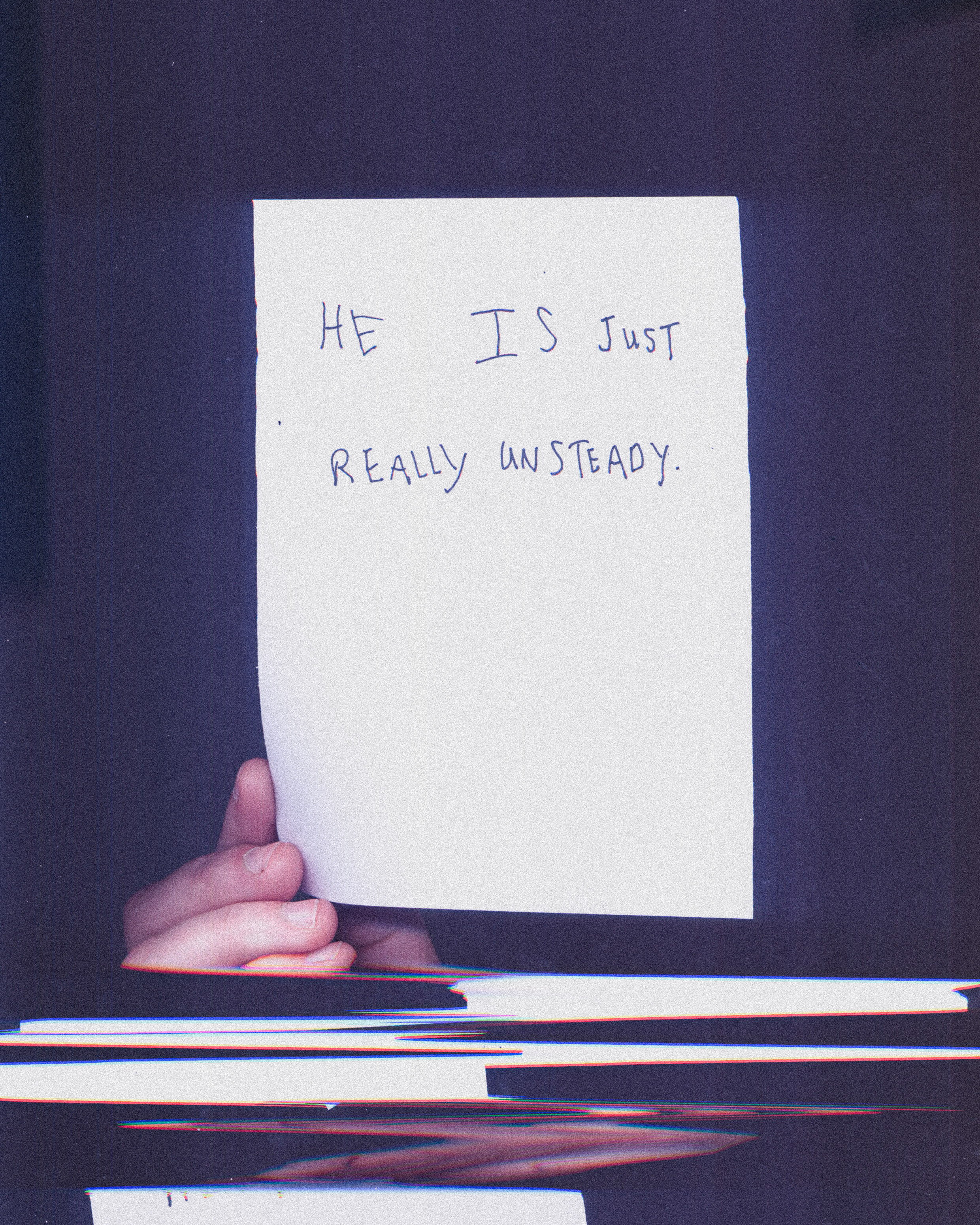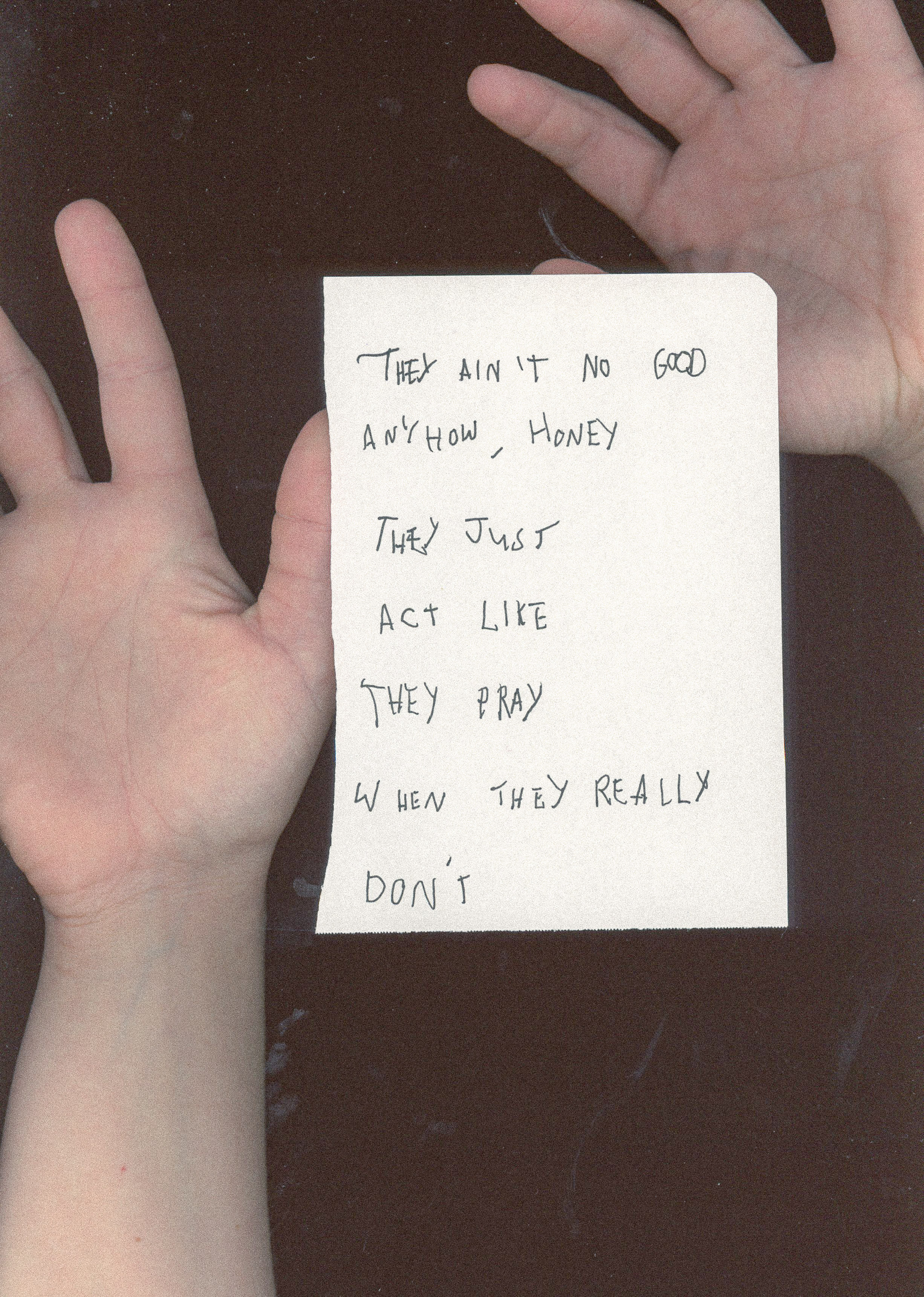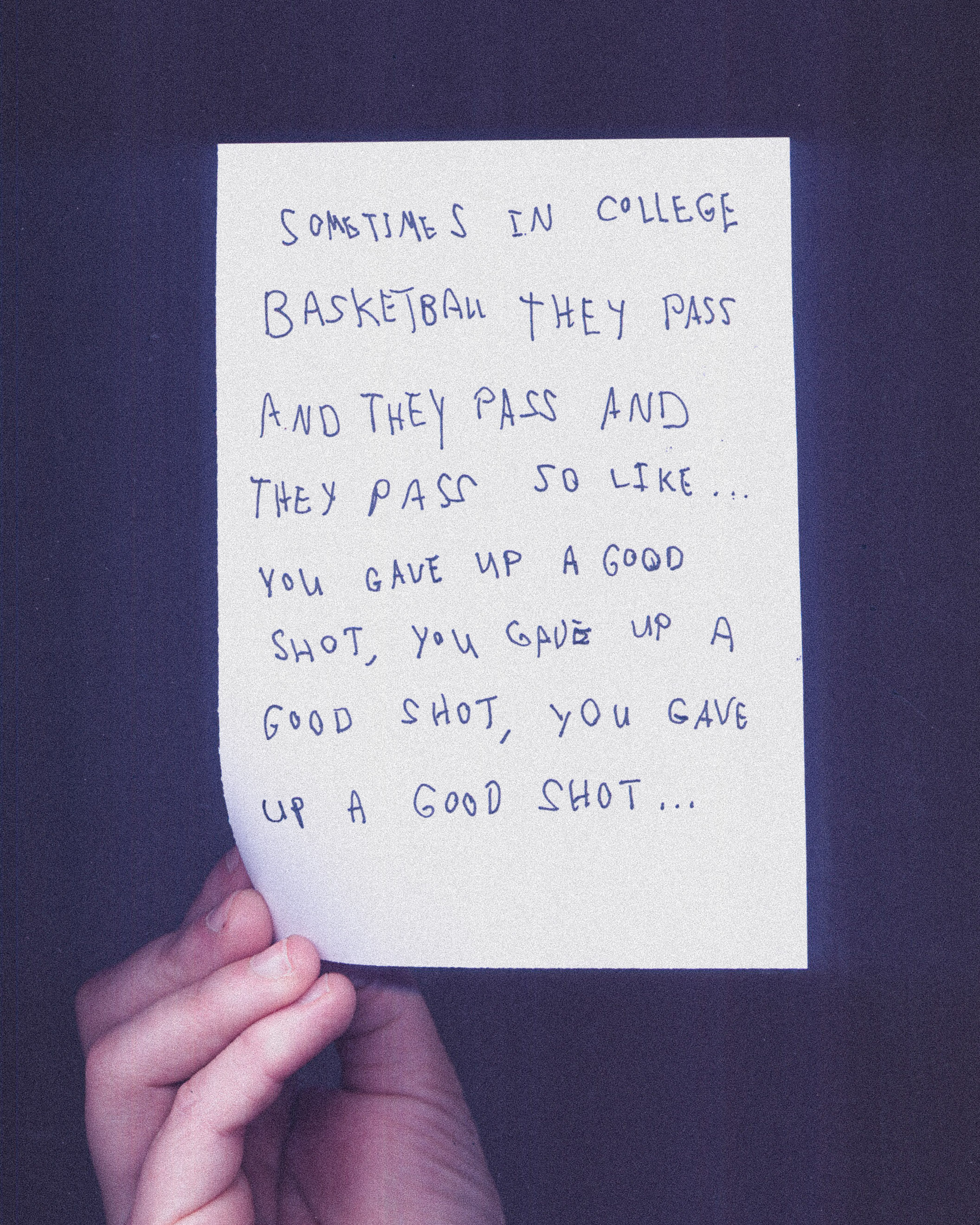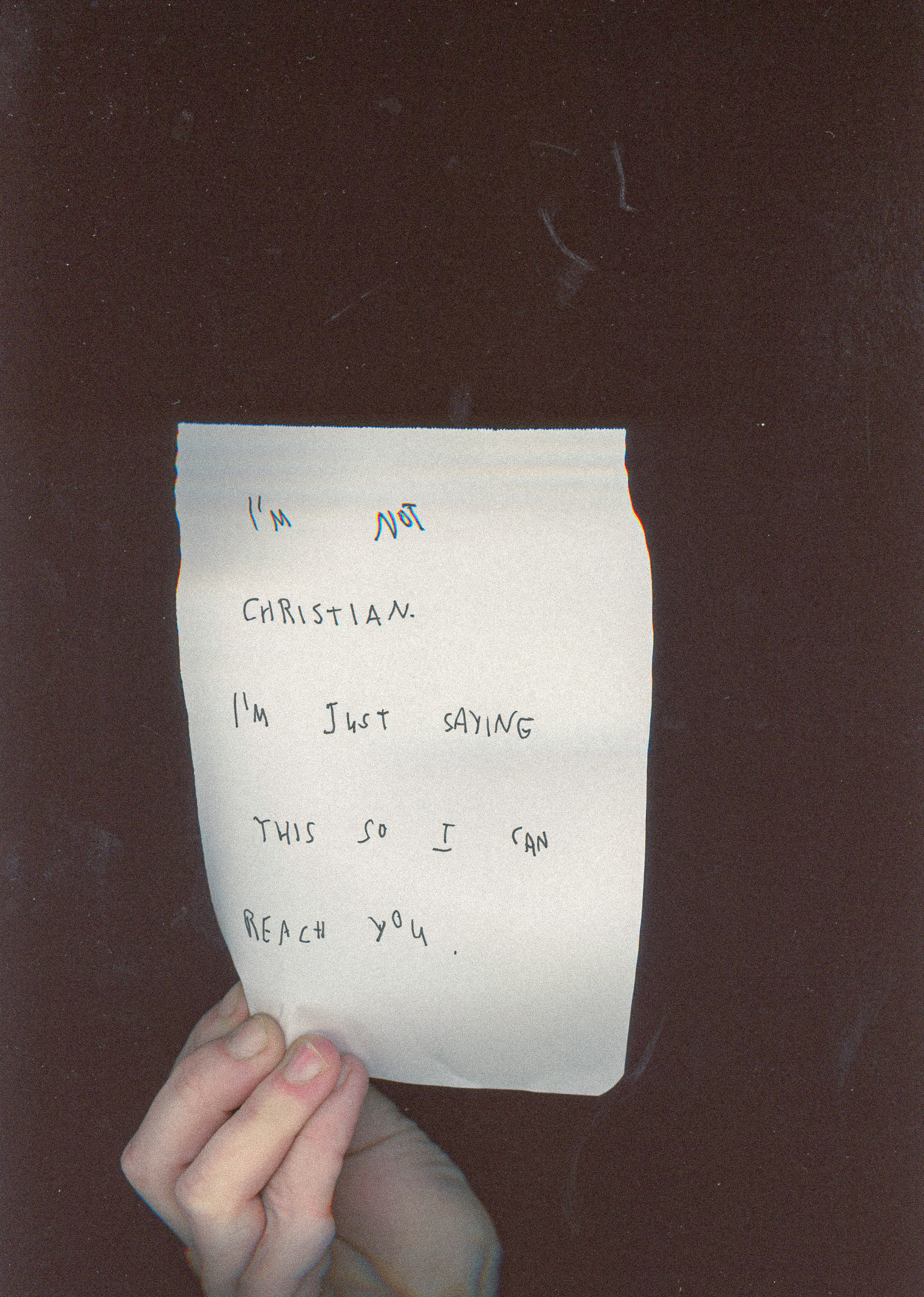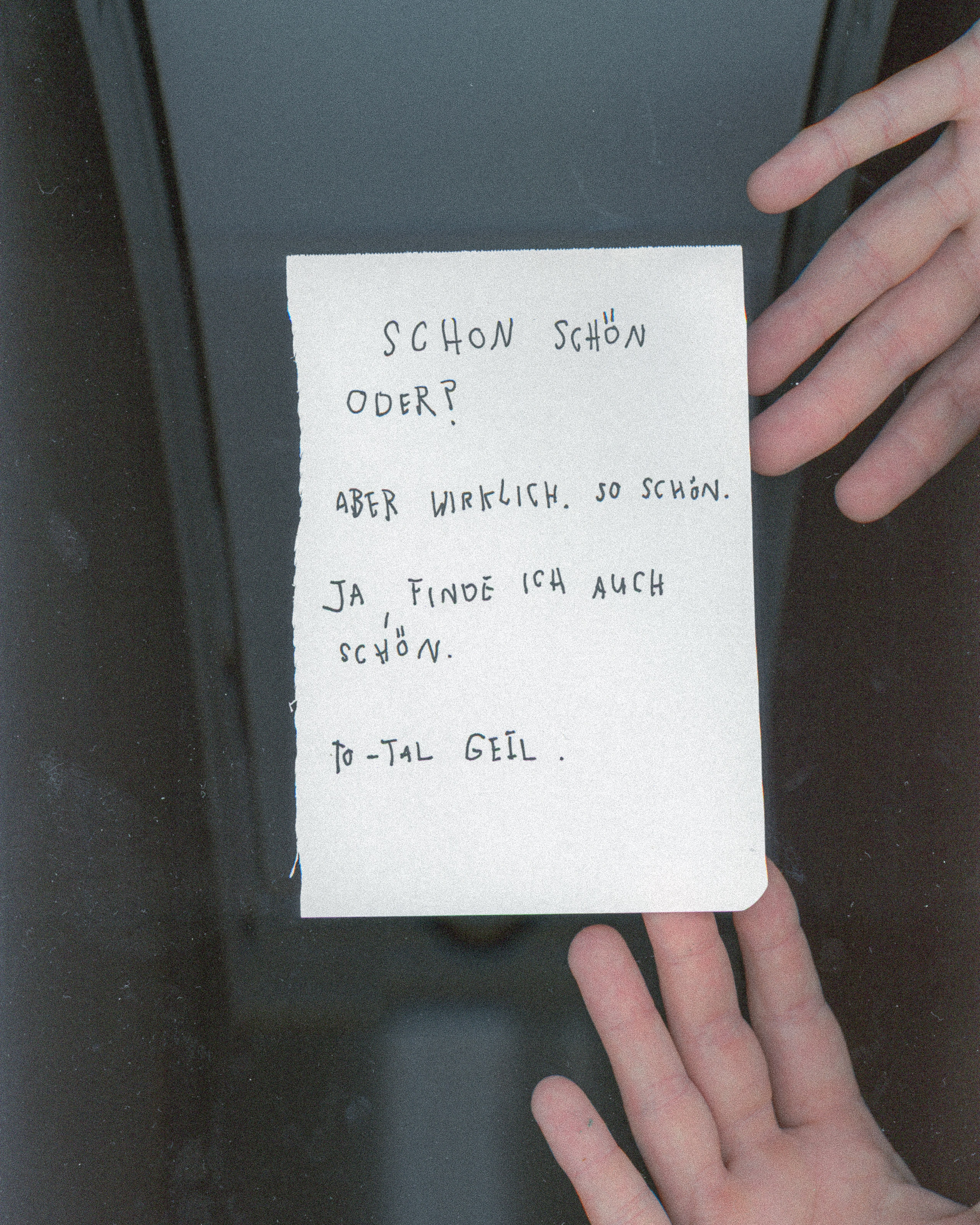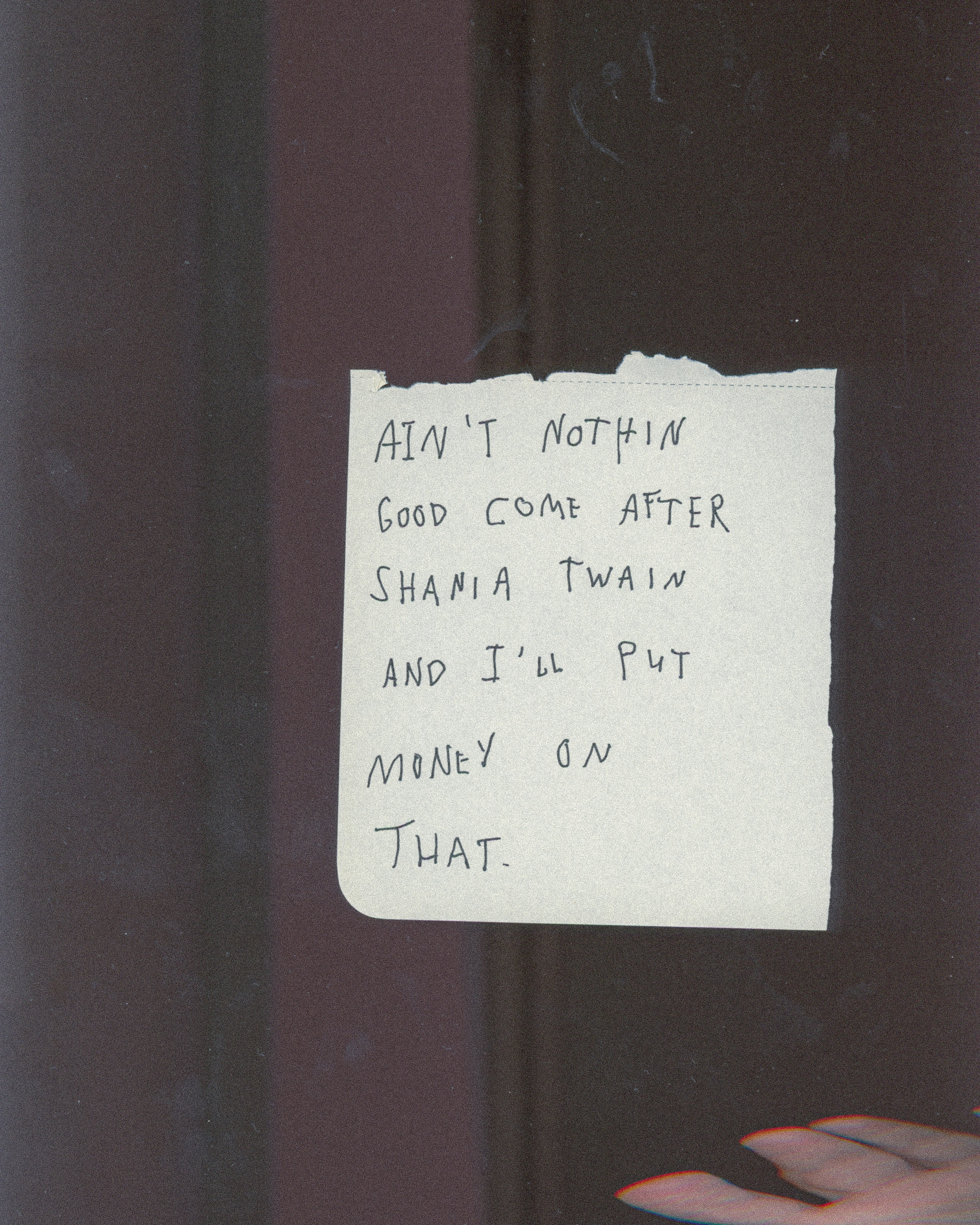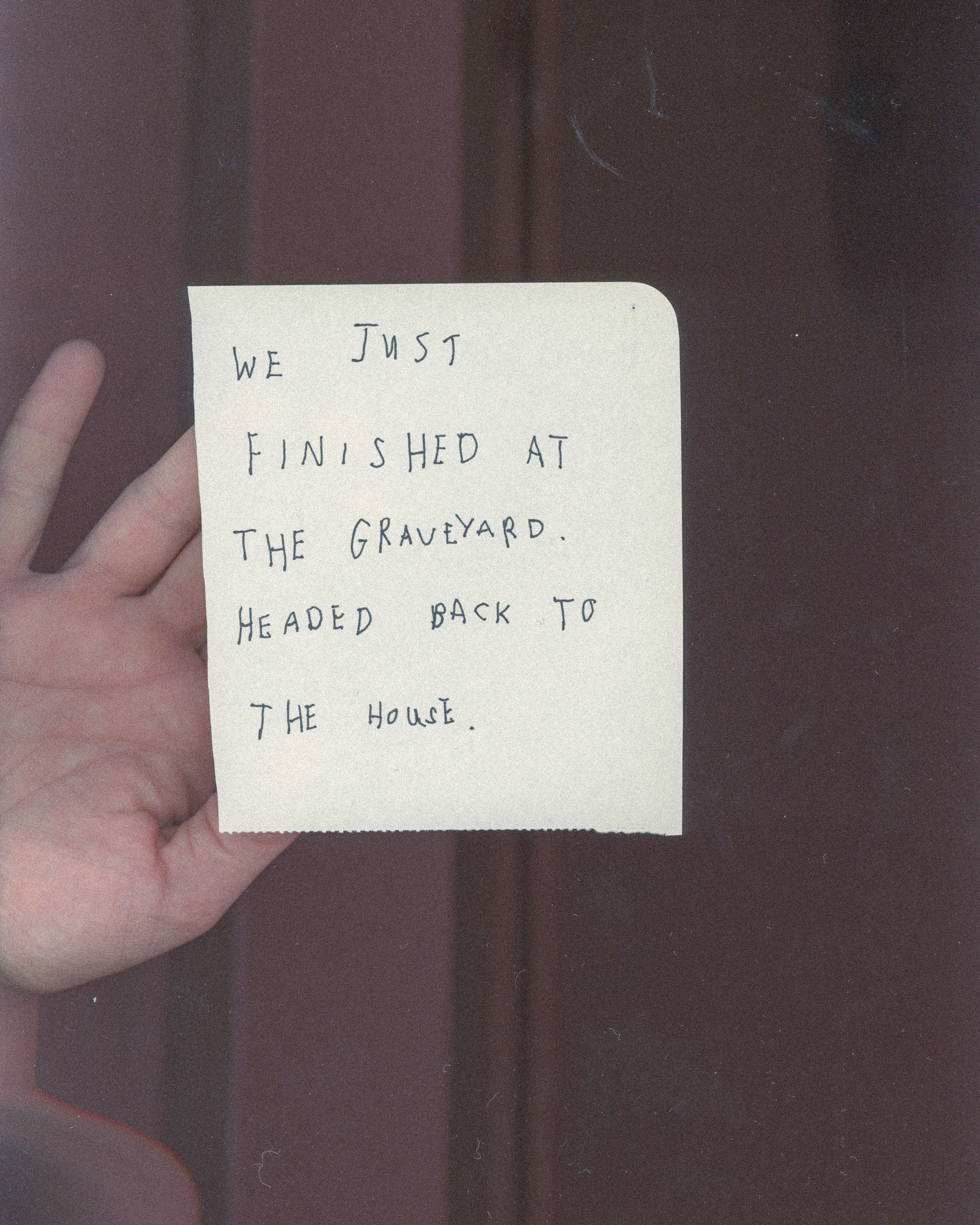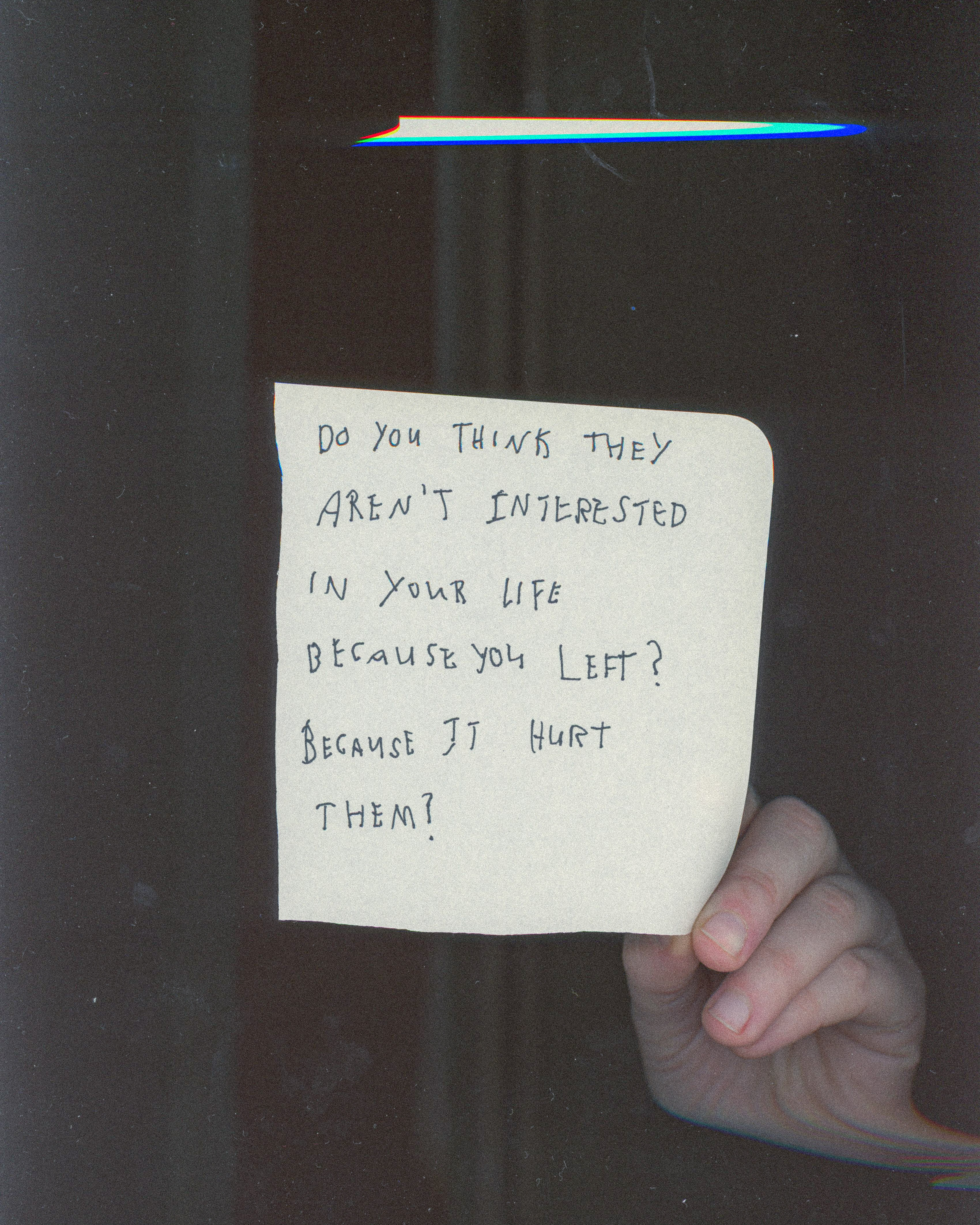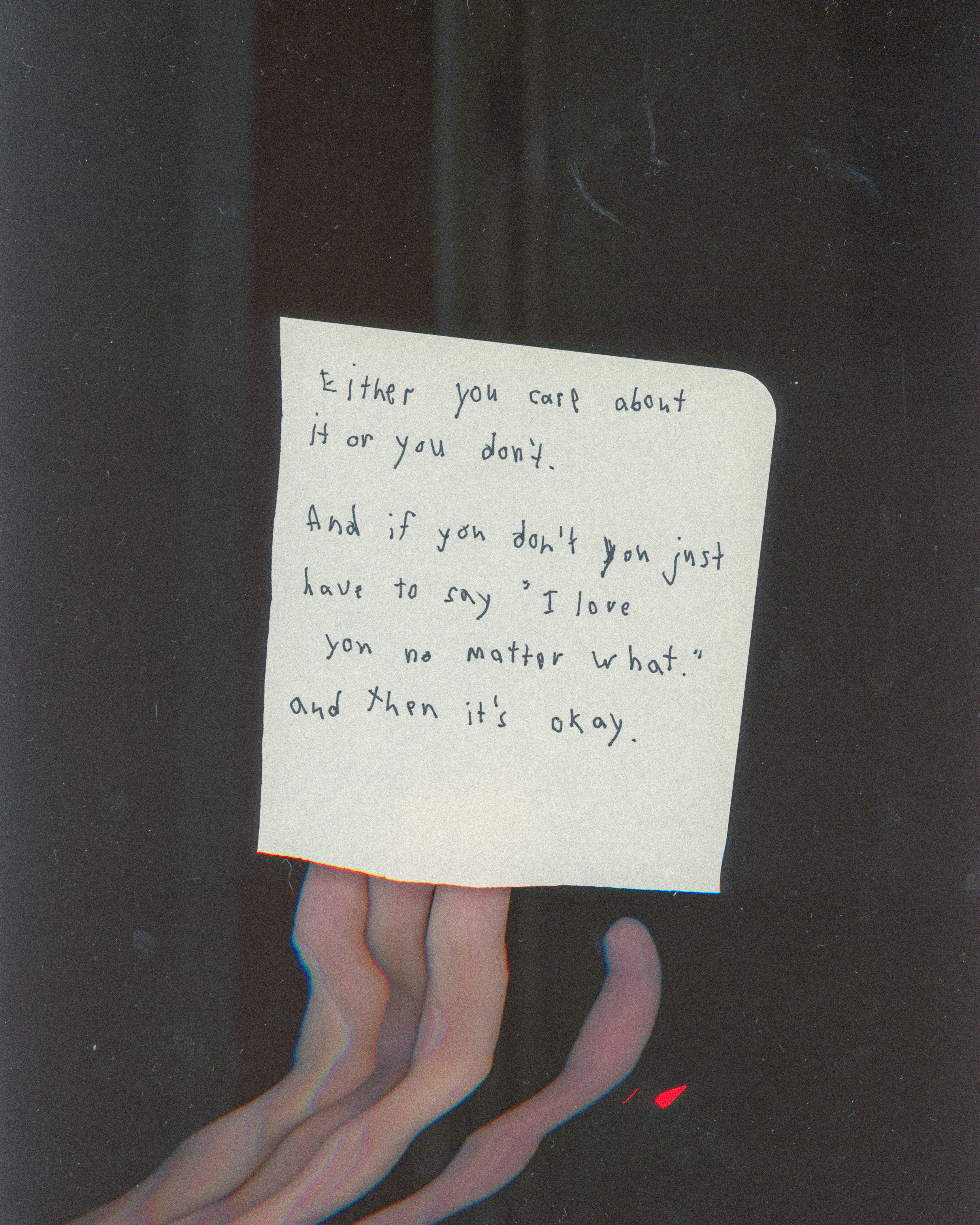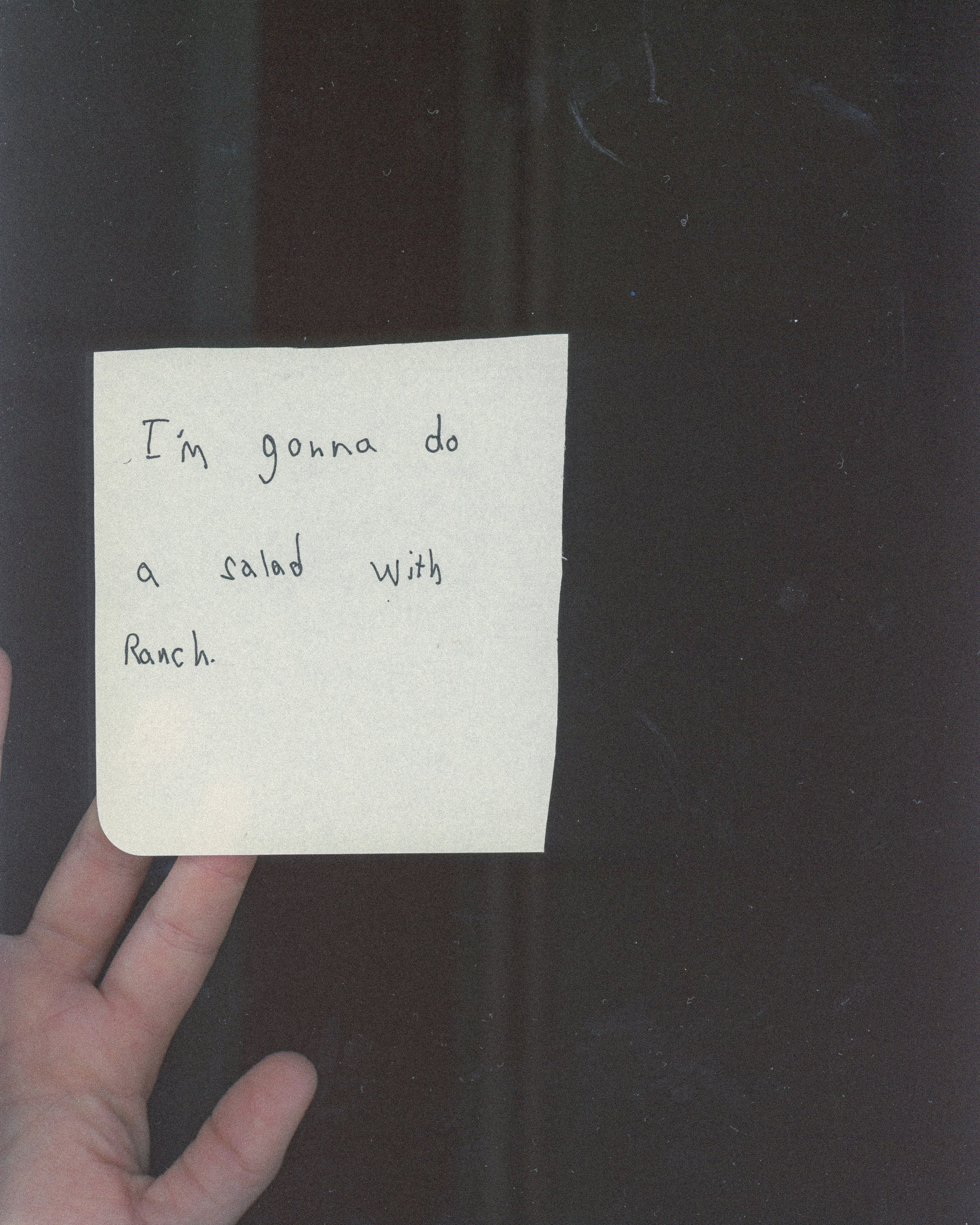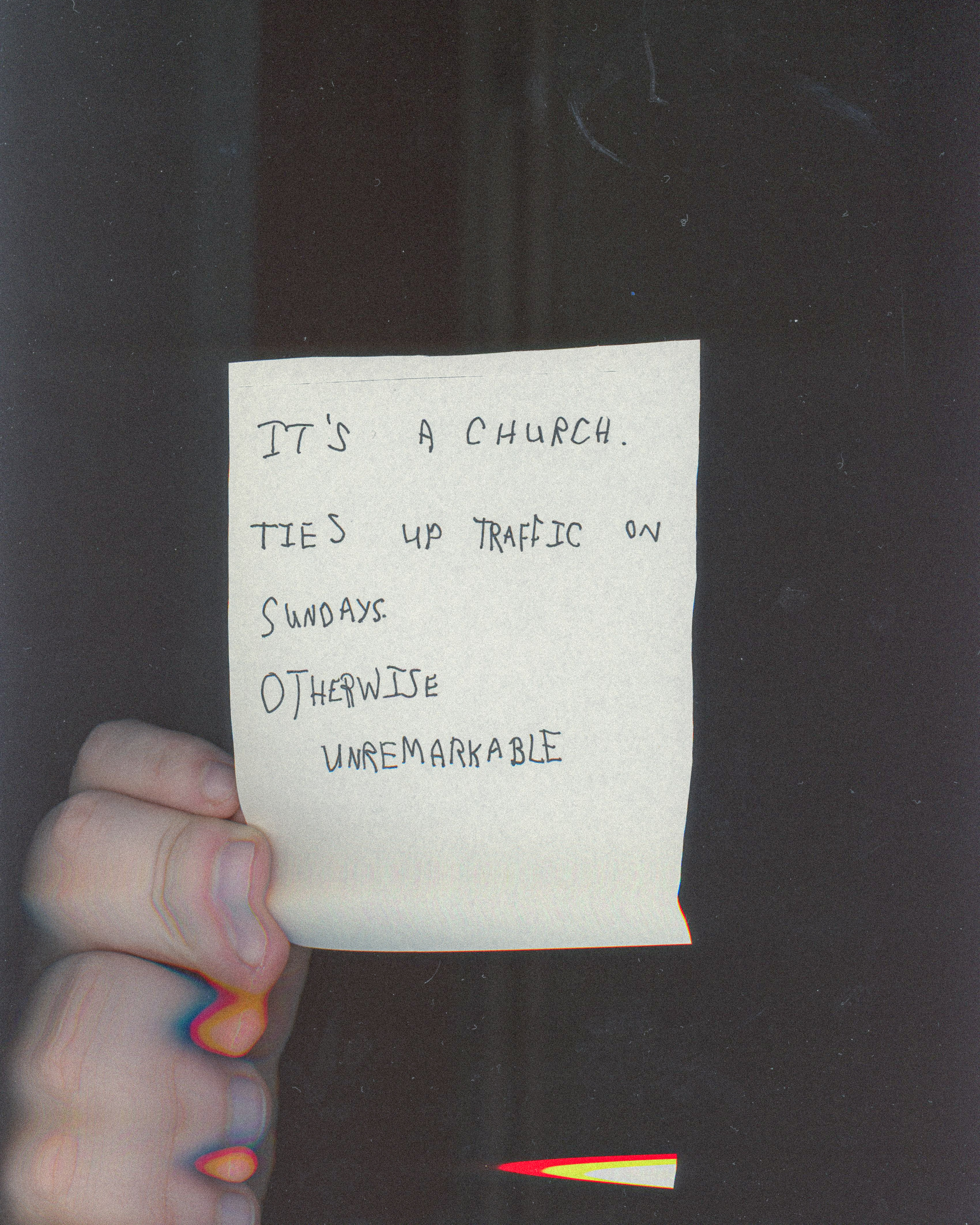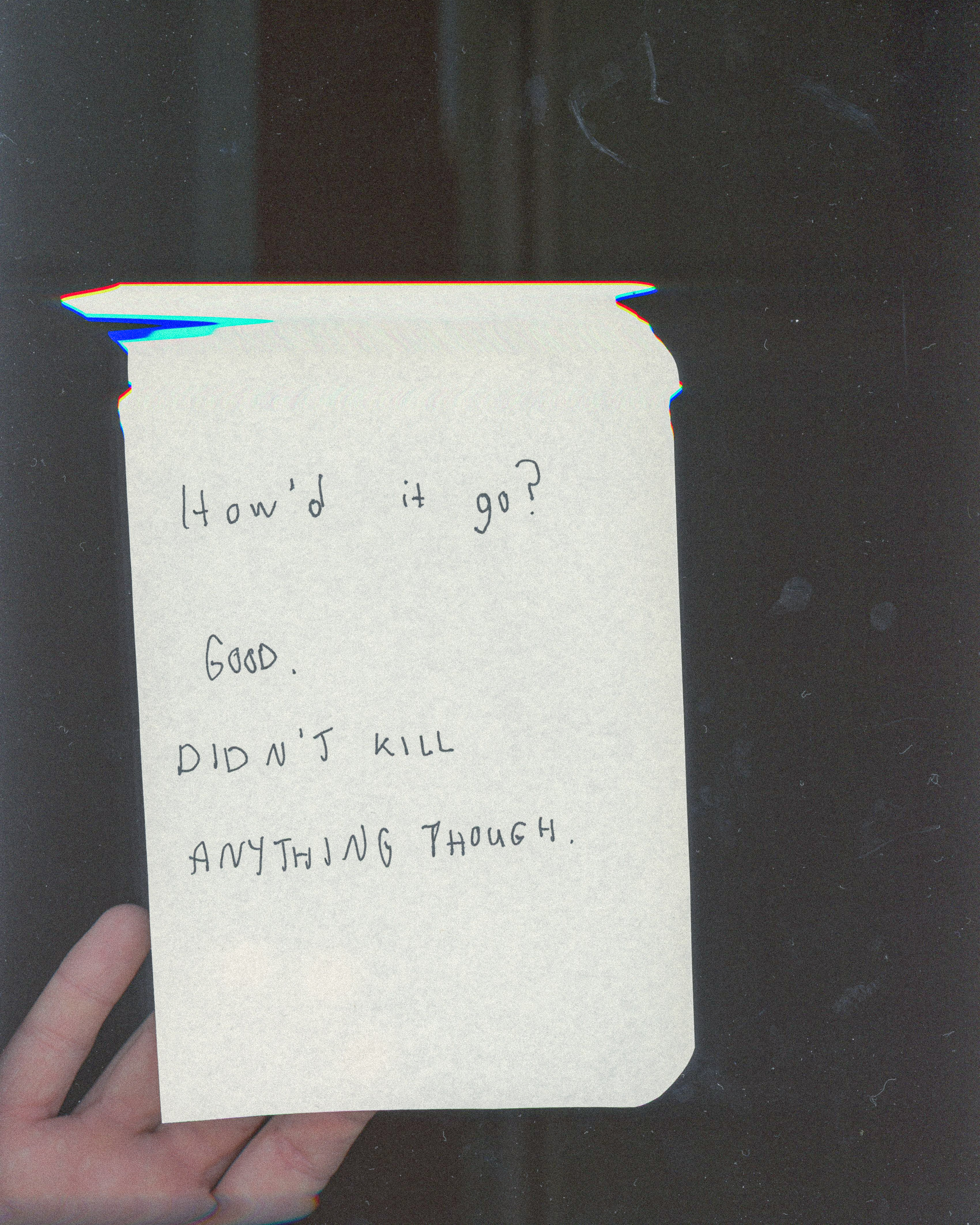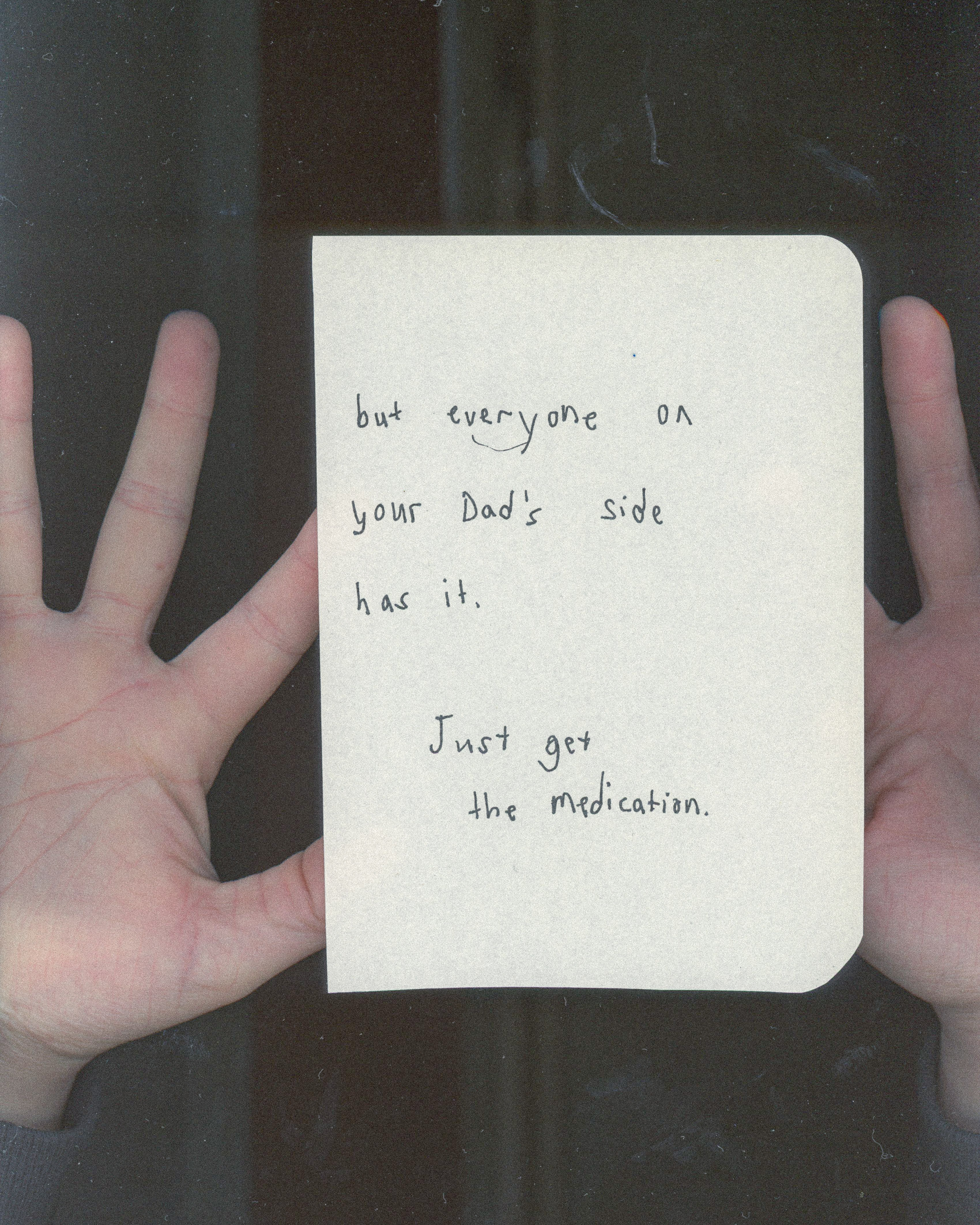WELCOME HOME JOHNNY’S DEAD.
(2020 - ongoing)
is an ongoing personal archive built around collected sound recordings. Focused primarily on small talk, or phatic communication, this archive dissects the culture of small talk in the United States, specifically communities from the Midwest, by depriving conversations of any context and isolating them into small, solitary ballads. It wonders about the family, conventions of etiquette, human closeness, and sharing information as an act of communal solidarity as well as a means of personal protection. This text acts as an adhesive, binding all elements of the project together by sharing personal conversations, displaying familial vulnerabilities, and uncovering a topic that is both universal and overlooked.
ON SMALL TALK /
PHATIC COMMUNICATION
Phatic communication is rhythmic, predictable, and often a refuge. It is merely the replacement of silence with something less threatening. As an artist from Appalachia who moved to Germany after college, I wonder about the things Americans say to each other. I wonder about how small talk might hinder happiness, or how, to some degree, it blocks people from themselves. And because all communication is essentially an act of sharing, I wonder what it means to share, or to exchange a series of sentences, and I wonder if its gentleness can create distance.
Small talk has little to no intrinsic value. It deliberately lacks substantial information and is used as a type of “vocal pacifier” to soothe those taking part in the conversation. Used historically in situations where individuals or communities did not share the same language, non-verbal phatic expressions were used to reassure the other person that one is not threatening (ie. waving, smiling, clothes, physical characteristics, head movements, distance, facial expressions, direction of gaze, etc.). Settlers during the colonization of what is now the United States, needed to use non verbal phatic expressions at times in order to be marked as ‘safe’ when confronted by other people speaking different languages. As time progressed and English became the de facto language of the United States, non verbal communication carried itself over into phatic communication, both elements playing a vital role in determining who is a threat, who could be considered a friend, or even an enemy. And perhaps above all, non verbal phatic expression and small talk helped people from different backgrounds find commonalities.
Phatic communication and all of its variations, both verbal and non-verbal, is essentially a blend between sharing information and hint-giving. Passing along the final score of the Superbowl can connect two people by affirming mutual interests while also presenting a neatly-folded topic that is easily digestible. Signaling that one does not wish to have a confrontation is a way to guarantee safety for everyone. Though we, more often than not, are safe from real life-threatening danger, phatic speech and non-verbal phatic expression remains a reassurance for us, and today acts perhaps as a gauge of personality rather than a threat-check. The topic itself and the deliberate act of bringing up the Superbowl can also be a hint not to discuss a specific topic that might lead to conflict or raise issues within interpersonal relationships. What exists as an ethereal tension between two people can either be avoided or addressed. Bringing up a topic that causes tension might be seen as impolite or invasive.
Essentially, small talk focuses on establishing positive relational goals. But what remains of its necessity once these goals are already met? If phatic speech erases the potential of being seen as a threat, what is its function in a familial setting, where everyone already speaks to each other? Why would two individuals who already know each other, resort to small talk as their main method of communication? Because small talk is merely distance. And distance can exist between two random individuals, it can exist within families, friendships, marriages, or at the workplace. When establishing a connection of importance, phatic communication can bridge the gap between people. Lightweight and agreeable topics such as the weather can reassure the comfortability of everyone, but it can also be a form of social distancing. It is both a bridge and a barrier. It connects people and also allows them to establish a degree of detachment, and shows that distance is just a human’s way to regulate their own safety.
(2020 - ongoing)
is an ongoing personal archive built around collected sound recordings. Focused primarily on small talk, or phatic communication, this archive dissects the culture of small talk in the United States, specifically communities from the Midwest, by depriving conversations of any context and isolating them into small, solitary ballads. It wonders about the family, conventions of etiquette, human closeness, and sharing information as an act of communal solidarity as well as a means of personal protection. This text acts as an adhesive, binding all elements of the project together by sharing personal conversations, displaying familial vulnerabilities, and uncovering a topic that is both universal and overlooked.
ON SMALL TALK /
PHATIC COMMUNICATION
Phatic communication is rhythmic, predictable, and often a refuge. It is merely the replacement of silence with something less threatening. As an artist from Appalachia who moved to Germany after college, I wonder about the things Americans say to each other. I wonder about how small talk might hinder happiness, or how, to some degree, it blocks people from themselves. And because all communication is essentially an act of sharing, I wonder what it means to share, or to exchange a series of sentences, and I wonder if its gentleness can create distance.
Small talk has little to no intrinsic value. It deliberately lacks substantial information and is used as a type of “vocal pacifier” to soothe those taking part in the conversation. Used historically in situations where individuals or communities did not share the same language, non-verbal phatic expressions were used to reassure the other person that one is not threatening (ie. waving, smiling, clothes, physical characteristics, head movements, distance, facial expressions, direction of gaze, etc.). Settlers during the colonization of what is now the United States, needed to use non verbal phatic expressions at times in order to be marked as ‘safe’ when confronted by other people speaking different languages. As time progressed and English became the de facto language of the United States, non verbal communication carried itself over into phatic communication, both elements playing a vital role in determining who is a threat, who could be considered a friend, or even an enemy. And perhaps above all, non verbal phatic expression and small talk helped people from different backgrounds find commonalities.
Phatic communication and all of its variations, both verbal and non-verbal, is essentially a blend between sharing information and hint-giving. Passing along the final score of the Superbowl can connect two people by affirming mutual interests while also presenting a neatly-folded topic that is easily digestible. Signaling that one does not wish to have a confrontation is a way to guarantee safety for everyone. Though we, more often than not, are safe from real life-threatening danger, phatic speech and non-verbal phatic expression remains a reassurance for us, and today acts perhaps as a gauge of personality rather than a threat-check. The topic itself and the deliberate act of bringing up the Superbowl can also be a hint not to discuss a specific topic that might lead to conflict or raise issues within interpersonal relationships. What exists as an ethereal tension between two people can either be avoided or addressed. Bringing up a topic that causes tension might be seen as impolite or invasive.
Essentially, small talk focuses on establishing positive relational goals. But what remains of its necessity once these goals are already met? If phatic speech erases the potential of being seen as a threat, what is its function in a familial setting, where everyone already speaks to each other? Why would two individuals who already know each other, resort to small talk as their main method of communication? Because small talk is merely distance. And distance can exist between two random individuals, it can exist within families, friendships, marriages, or at the workplace. When establishing a connection of importance, phatic communication can bridge the gap between people. Lightweight and agreeable topics such as the weather can reassure the comfortability of everyone, but it can also be a form of social distancing. It is both a bridge and a barrier. It connects people and also allows them to establish a degree of detachment, and shows that distance is just a human’s way to regulate their own safety.








